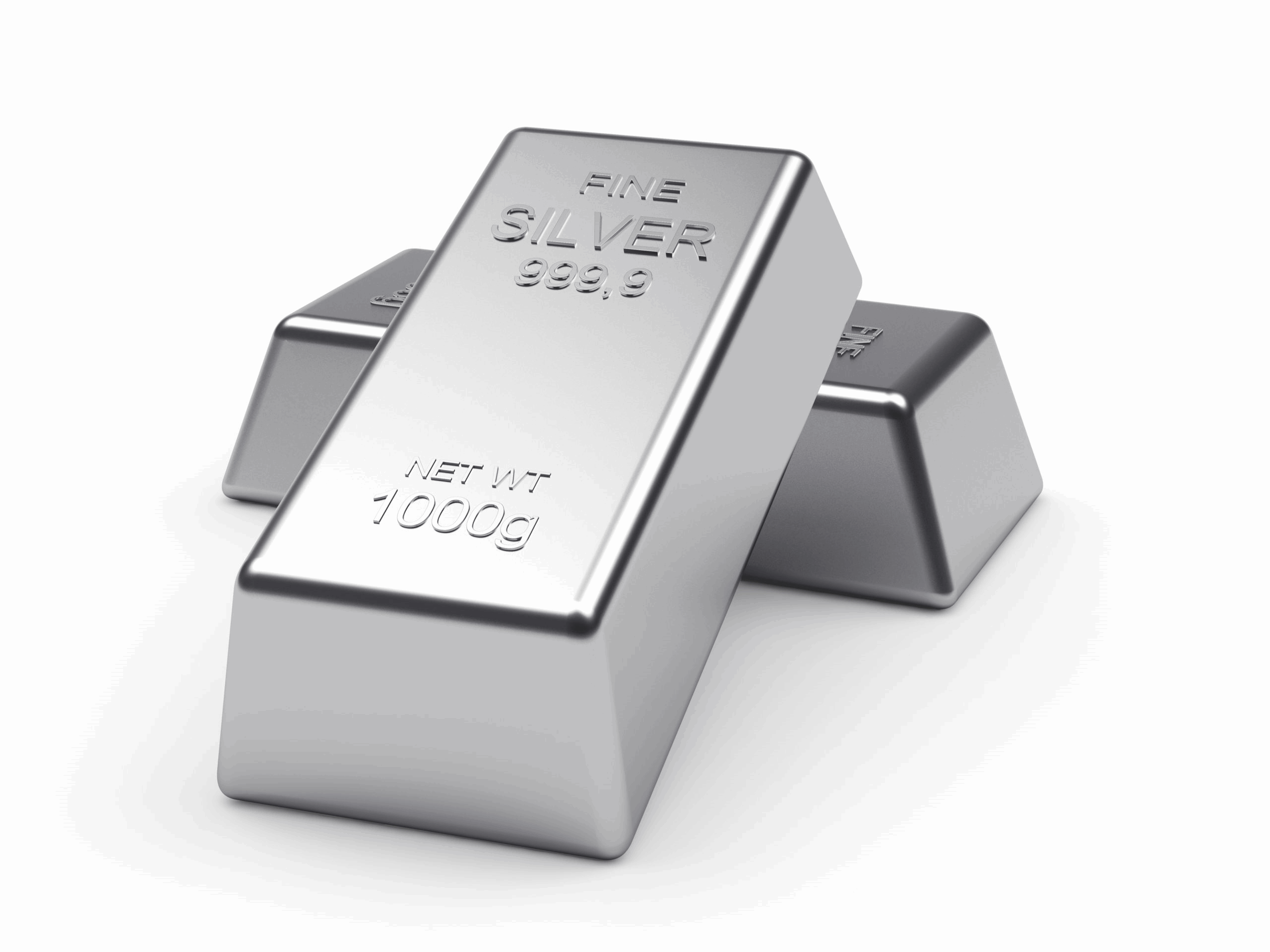Are Sterling Silver & Silver Bullion the Same Thing?
Not all silver is created equal. Some silver is more refined, while other silver is mixed with alloys for added strength. Today, we’re taking a closer look at the differences between sterling silver and silver bullion. The two versions of silver are very similar, although there are some differences worth noting.
Sterling Silver
Sterling silver is defined as being a mix of 92.5 percent silver and 7.5 percent copper. This is the kind of silver often used for jewelry and silverware. It’s not close to pure silver, since it has to be more durable, given the nature of what the products created with this type of silver are used for on a regular basis.
Since other alloys are used in sterling silver, it can tarnish. If this happens, a silver finish can be applied. If you have really good sterling silver you wish to preserve, you could add a coating of rhodium. Rhodium is another precious metal, although it’s an expensive option that should only be reserved for your good sterling silver. Sterling silver jewelry is often coated with .999 fine silver to produce an appealing shine.
If you have items made of sterling silver and you aren’t sure of their value, reach out to the professionals at First National Bullion. San Diego residents can rely on the expertise of our staff, all of whom have many years of experience in the precious metals industry.
Bullion
Silver bullion contains more silver than what’s usually found in sterling silver. In fact, some silver bars are as close to pure silver as you can get. Coins may not contain as much silver, and they often don’t because of a need to add other metals. However, some silver coins can be worth a lot of money due to other unique characteristics. It’s also worth noting that silver bars don’t tarnish as easily as sterling. Bullion is commonly traded, with prices based on an assortment of factors, including demand and supply.
Key Differences
In addition to what has already been mentioned, some other differences between sterling silver and silver bullion are worth noting. The main ones include:
• The way each version of silver is typically used
• The purity of the silver
• How each type of silver is typically valued or assessed
• Coatings that are applied
Final Thoughts
There’s not really one type of silver that’s better than another in terms of potential uses. What’s right for you depends on why you want to purchase something made of silver in the first place. For instance, if you’re looking for appealing jewelry, you would go with sterling silver over bullion. However, if you want silver that may offer a nice return on your investment, bullion is worth considering, especially when it’s in the form of bars or coins.
Keep in mind it doesn’t have to be one or the other with silver bullion and sterling silver. Generally, anything involving a potential investment usually includes silver bullion, which is always physical silver. Sterling silver, on the other hand, tends to be appreciated when it’s time to purchase silverware or similar items.
When they need information on silver items they own or they’re looking for the best place to buy silver bullion, San Diego precious metals collectors should reach out to the trustworthy professionals at First National Bullion. We can answer all your questions and help you decide which precious metals to add to your collection. Give one of our experienced dealers a call today at (858) 304-7580.
The statements made in this blog are opinions, and past performance is not indicative of future returns. Precious metals, like all investments, carry risk. Precious metals and coins may appreciate, depreciate, or stay the same in cash value depending on a variety of factors. First National Bullion does not guarantee, and its website and employees make no representation, that any metals for sale will appreciate sufficiently to earn the customers a profit. The decision to buy, sell, or borrow precious metals and which precious metals to purchase, borrow, or sell are made at the customer’s sole discretion.


